From FATE Magazine, January, 1990.

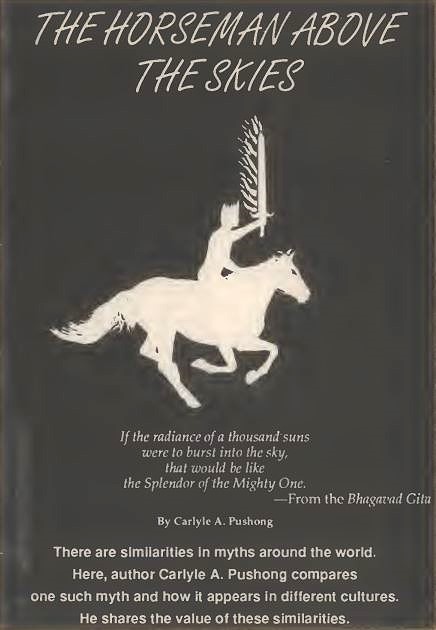
The Eastern Kalki Avatar (Pronounced “Kahl-kee Ah va-tar,” an Avatar is a divine purpose in human form.) is a reference to the god Vishnu’s (“Veesh-nu”) tenth and final incarnation that is supposed to come at the end of the Kali Yuga (“Kah lee Yoog”) or Black Age. Duringthis Age, it is believed, there will be marked astronomical phenomena. Vishnu will be seen as the Horseman above the Skies mounted on a White Horse (Kalki), and wielding a fiery sword blazing like a comet, intent on the final destruction of the wicked and the renovation of creation.
A Yuga is an age of the world. There are four Yugas: Krita (“Kree ta”), Treta (“Treh-ta”), Dwapara (“Dwah-pahr”), and Kali. During the current Kali Yuga, for which there is no fixed measure, righteousness on Earth will be only one-quarter of what it could be. It is also said that there will be calamities, diseases, hatred, distress, wars and hunger, and that and fear will prevail.
Vishnu, “the unconquerable preserver,” is the second god of the Hindu triad of Brahma, Vishnu and Siva. Vishnu on his Kalki, or White Horse, is a manifestation of Solar energy representing the three manifestations of light: fire, lightning and the Sun. It is also seen as the three “faces” of the Sun: its rising, culmination and setting.
I am a student of the esoteric, trying to get a grip on the metaphysics of Hinduism as expounded by the Seer Sankara (c. 788-820 C.E.). Sankara, in his commentary on a Hindu text, wrote, “The body of the sacrificial horse is the year consisting of twelve or thirteen months.” (The thirteenth month refers to the month or days that are added to the Lunar calendars of some cultures). Since the year relates to the Sun, the horse is seen as a Solar symbol.
In the Rigvedic hymn to the god Varuna (“Vah-roon-ah”), who is associated with the brightness of the Sun, a verse reads as follows:
If we have sinned against man who loves us,
have ever wronged a brother,
friend or comrade,
The neighbor ever with us,
a stranger, O Varuna,
remove from us the trespass.”
This correlates interestingly with the “Lord’s Prayer” of Christianity which says, “Forgive us our trespasses as we forgive them who trespass against us.” Varuna was also viewed as king of the air and sea, and one of the Adityes. (Aditi, “Uh-dee-tee,” was one of the earliest names invented to express the Infinite.)
These comparisons are fascinating because they indicate the similarity of myths and spiritual systems the world over. Myths must be taken seriously for they form the framework and vocabulary of primitive reality. The primitive myths of origin and creation were personal dramas of the gods. Myths provide the archetypes governing the present and the future.
BACK TO THE HORSEMAN ABOVE THE SKIES
Much of world history and events lies symbolically concealed in the Revelation of St John the Divine in the Christian New Testament. I want to show some correlations between the final incarnation of Vishnu and the awaited Christian Messiah. In Revelation 6:2, we are told, “And I saw heaven opened, and behold a white horse and he that sat upon him had a bow; and a crown was given unto him: and he went forth conquering and to conquer.”
In Revelation VI: 12, the number six links with the suffering and woe resulting from the opening of the Sixth Seal of the Book of Life. It should be noted that the six-pointed star is not only the Seal of David; it is also the number and sign of Vishnu and the Pythagorean Hexad or “the perfection of the parts.”
The fifth Book of Moses in the Old Testament, is called Deuteronomy. Chapter 33-17 reads: “His glory is like the firstling of his bullocks, and his horns are like the horns of unicorns: with them he shall push the people together to the ends of the earth…” The White Horse, when equipped with a horn, becomes the Unicom of myth. The horn of the Unicom represents the Sword or Word of God.
The White Horse traditionally appears as the ninth sign of the Western Zodiac – Sagittarius – covering the period from November 22 to December 21. “The Sun was in Sagittarius when the first human tendencies struggled to the fore… Sagittarius governs human evolution for it symbolizes progress towards a conscious goal.” (Alice A. Bailey. A Treatise on White Magic.) A Sagittarian, therefore, will see everything in the “Vishnu Mode” – an open mind in terms of its cosmic significance. A person born under this sign is “electrically charged” (has expansive psychic energy rather than the so-called “magnetic” or receptive psychic energy) but is not always properly grounded or down-to-earth. The flaming arrows of Sagittarius symbolize optimism and intellectual theory.
As has been said, St. John in his vision beheld a White Horse and he who sat on him had a bow and went forth conquering and to conquer. The White Horse of both Vishnu and Revelation is a Cosmic Horse, a symbol of communication in the hour of destiny. The Greeks called the cosmic horseman Cheiron (“Kiron,” the first syllable rhymes with “eye”), the chief centaur, who dealt with righteousness. “And in Thy Majesty ride prosperously, because of Truth and meekness and righteousness. Thine arrows are sharp in the heart of the king’s enemies.” (Psalms of David: 45, 4-5.) Some astrologers attribute the rulership of Chiron, a recently-discovered small planet, to Sagittarius.
Thus we can see the similarities in this one aspect of Vedic, Jewish, Christian and even Greek spirituality. To me, the message is clear – the interpretation of the universe and the myths by which humanity lives, in some vital sense, are one and indivisible. By studying the myths we can develop a valuable philosophy of life.
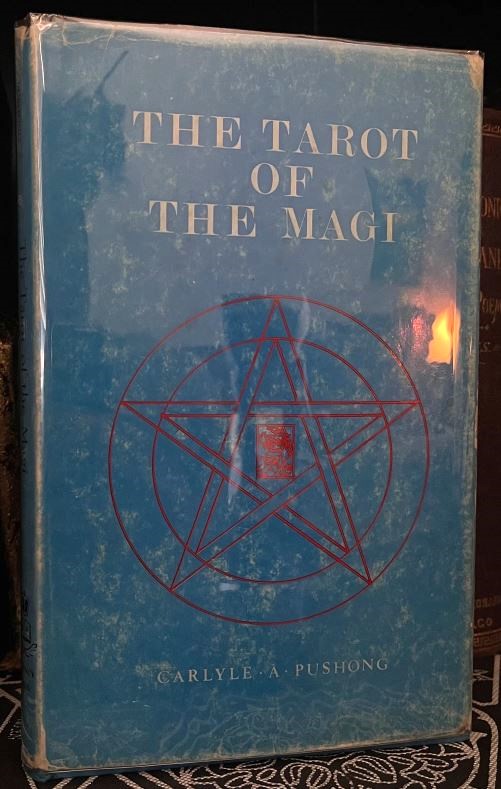
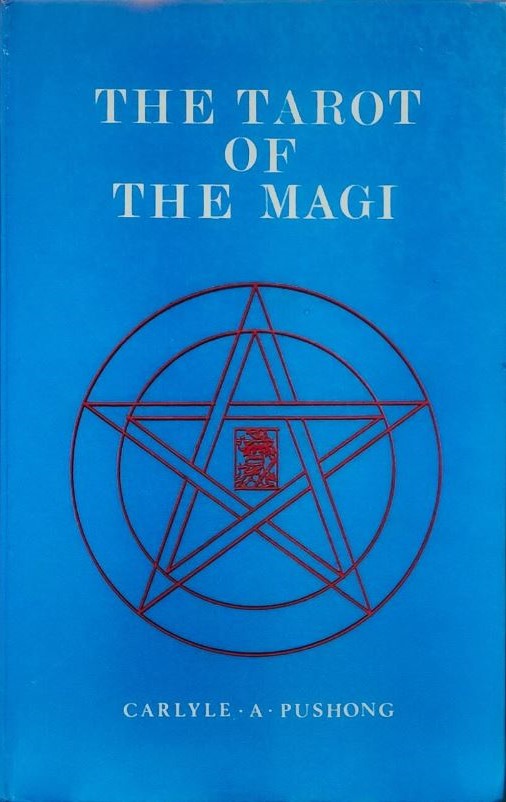
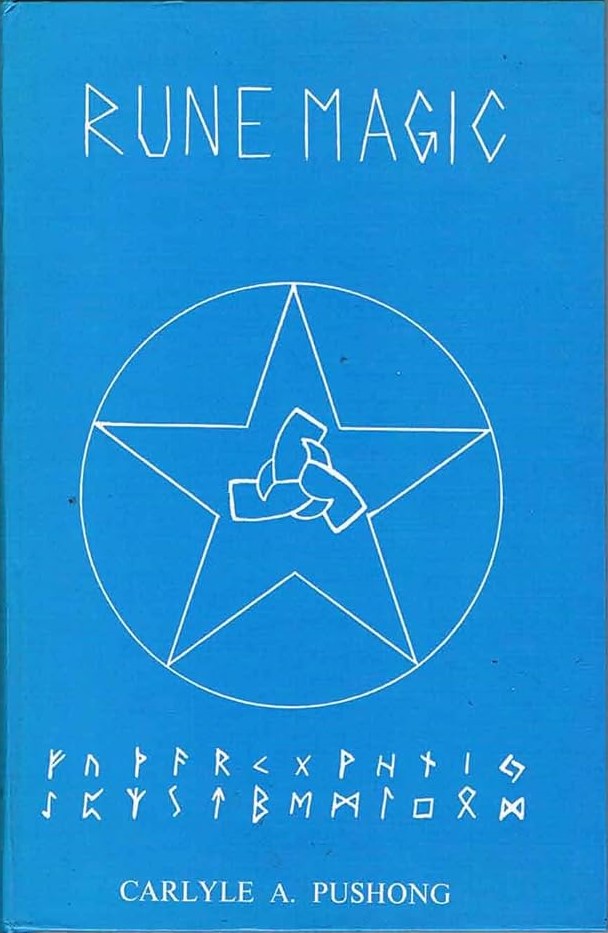
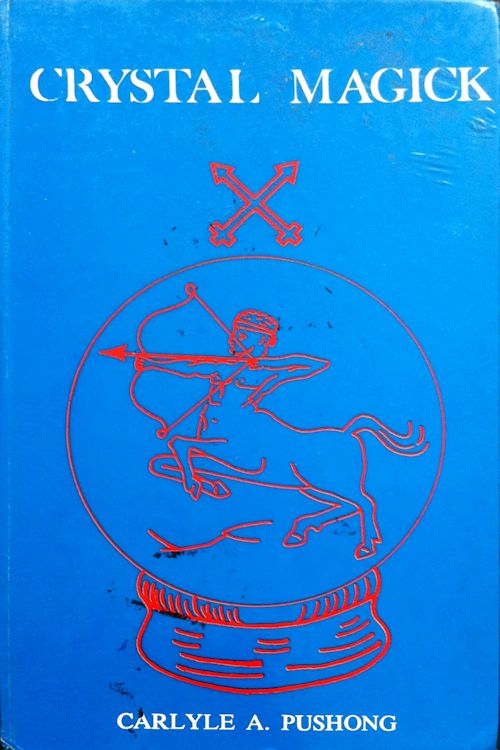
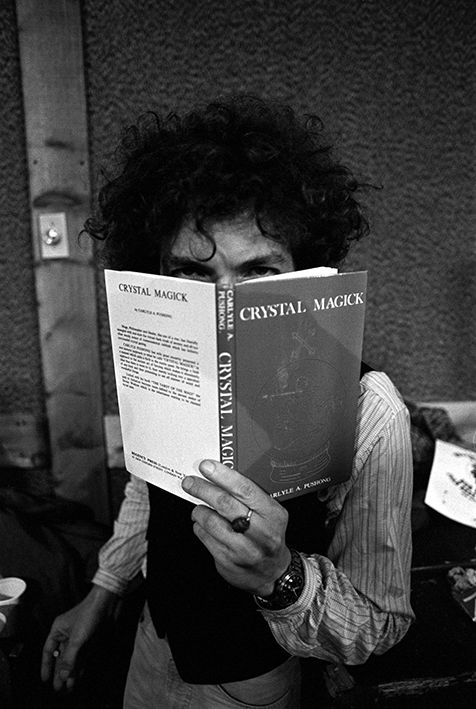
Indirect Dylan connection: this is the book that can be seen on a famous 1975 Ken Regan’s photography. The photo is in the book MORRISON HOTEL GALLERY: KEN REGAN.
Regency Press (London & New York) Ltd, October 1968. 104 pages, hardcover. ISBN 978-0721202051.